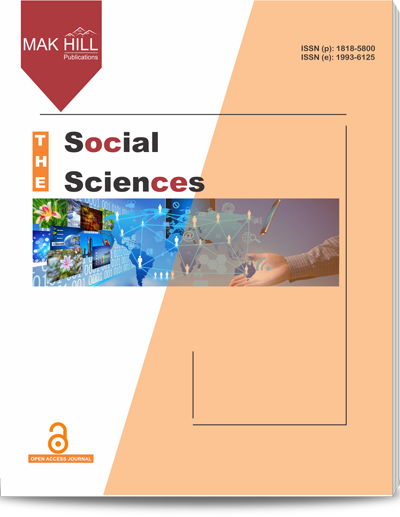
The Social Sciences
ISSN: Online 1993-6125ISSN: Print 1818-5800
Abstract
Employee’s training is an important element for developing competent workforce in the company. Many organizations in the world have spent millions of money on employees training as they believe that outcomes from the training can contribute to human capital enhancement in the organization. However, the outcomes of training are difficult to measure without formal training evaluation process. The aim of this study is to evaluate the effectiveness of employees training at Technical Academy (TA) and Telekom Malaysia (TM). In this study, the training evaluation model used was Kirkpatrick four levels evaluation model. The scope of evaluation is confined to three levels which are trainee’s satisfaction, trainee’s learning and trainee’s work performance at workplace. The quantitative method was applied in this study where self administered questionnaires and pre and post test questions were used as a research instruments. A sample of 155 TM employees who attended the training is selected as respondents. From the results, it is found that the trainees were satisfied with the training and the level of trainee’s learning was increased moderately after the training. There were also positive and significant relationship between knowledge and skills acquired with work performance. This study has a significant impact to the training evaluation practice at Technical Academy Telekom Malaysia.
How to cite this article:
Nik Hasnaa Nik Mahmood, Maslin Masrom and Zulkifli Muhammad. Effectiveness of Employees Training at Technical Academy Telekom Malaysia.
DOI: https://doi.org/10.36478/sscience.2017.2360.2364
URL: https://www.makhillpublications.co/view-article/1818-5800/sscience.2017.2360.2364